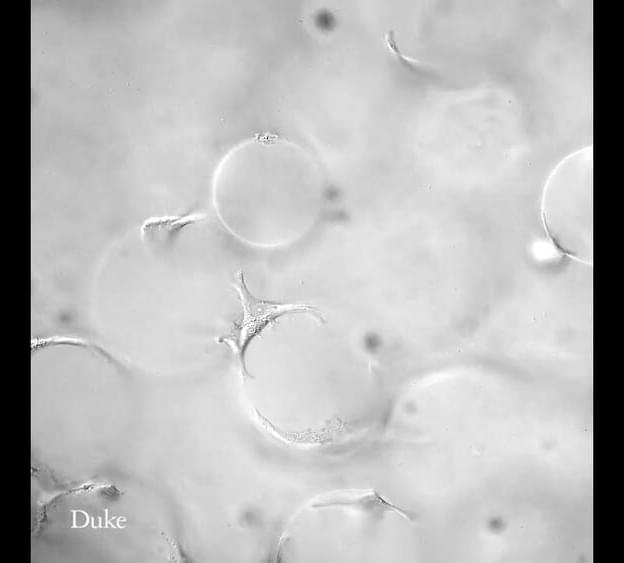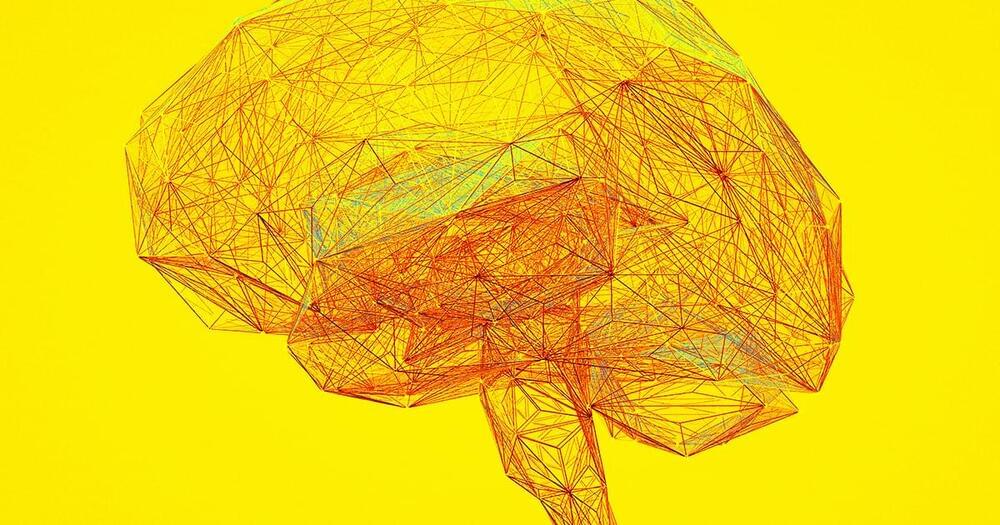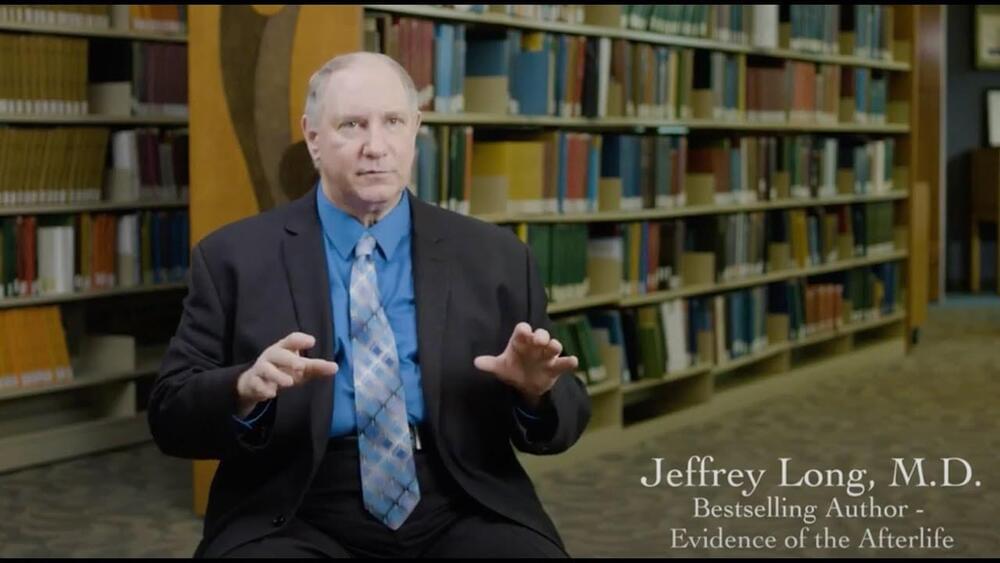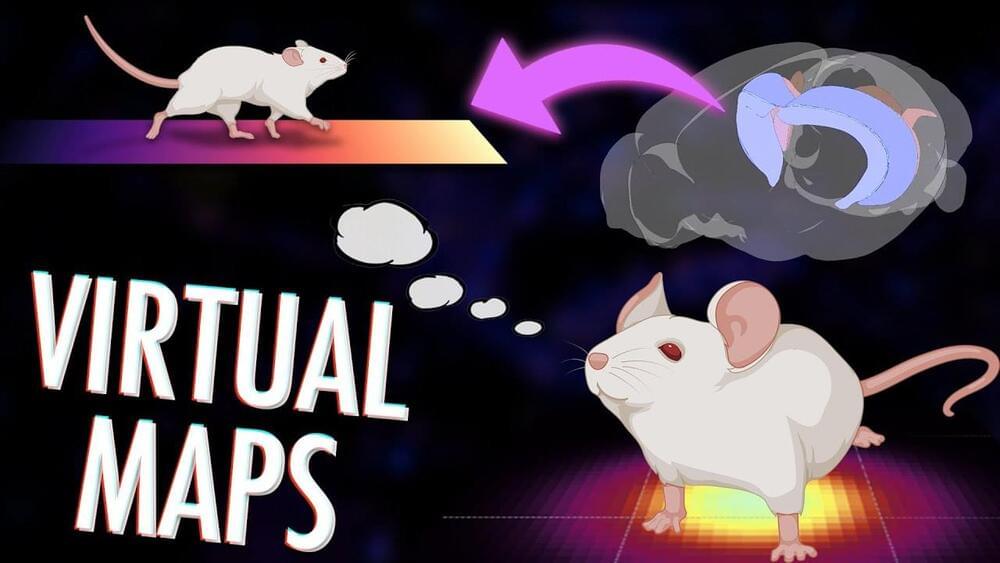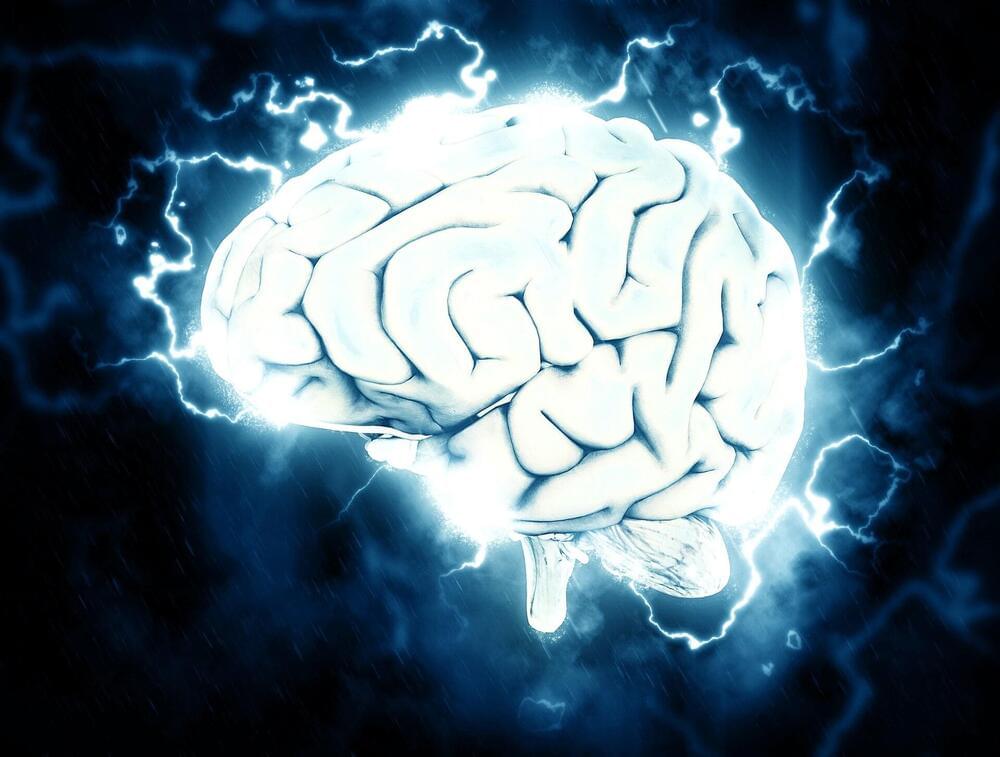Mar 22, 2023
Growing Neurons to Heal Brain Damage
Posted by Dan Breeden in categories: chemistry, neuroscience
Watch as primordial neural cells dance across, grow into, and even move 3D scaffolds engineered to heal brain injury from stroke and other trauma. Decorating the scaffold with various nutrients and biochemical signals allow researchers to control what types of brain tissues they become.
